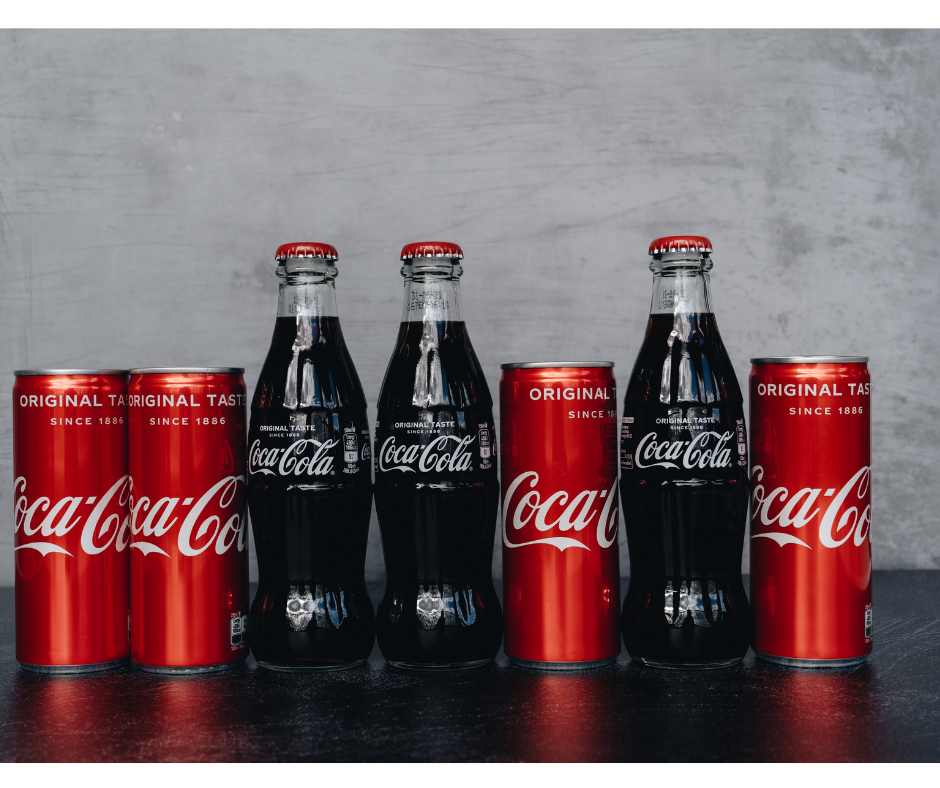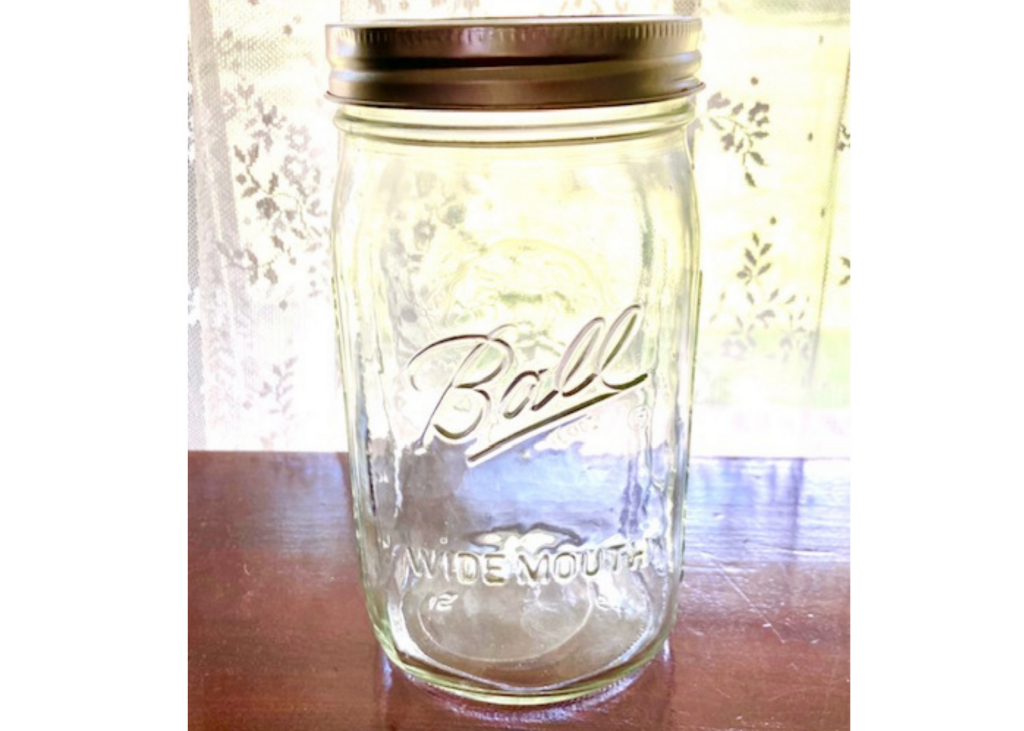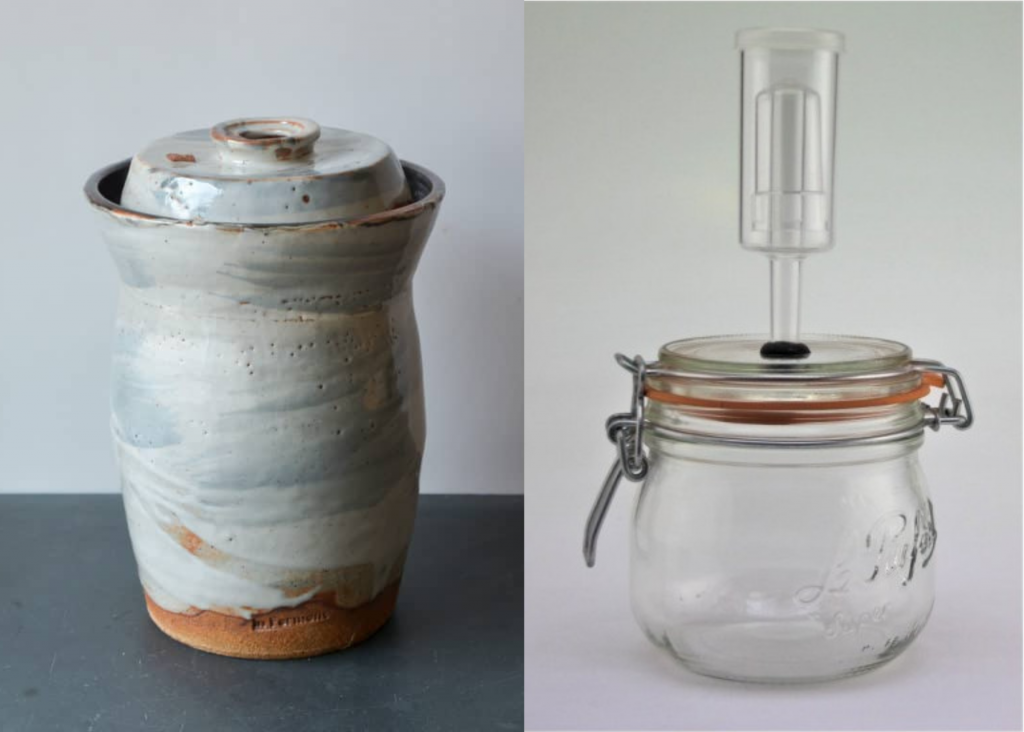Important gasses produced during fermentation isn’t usually the go to when thinking about ferments. However, these gasses are an important ingredient in the whole process of fermentation, aiding in flavor development among many other things. Carbon dioxide is one of the main gasses developed during fermentation. Information on this topic is important to have! Certain styles of fermentation will lend itself to decreased efficacy if carbon dioxide becomes an issue. Let’s discuss carbon dioxide concerns in fermentation and what to do about it!

What is Carbon Dioxide?
First of all, it would probably be best to get a working definition of what carbon dioxide actually is. According to the national library of medicine, carbon dioxide is a colorless and odorless gas. It is considered nontoxic, soluble in water, and heavier than air. Everything that relies on plants for food (directly or indirectly) produces carbon dioxide during respiration.
Carbon Dioxide Gasses in Fermentation
If you have read some of the other articles here at Healthy Joyous Living, you might have come across posts on different fermenting containers. I’ve listed the series of articles surrounding this discussion below. One of the articles touches on fermenting vessels and mason jars with various lids.
- A Brief History of Fermentation and Why This is Important
- The Science Behind Fermentation and it’s Benefits
- The Importance of Time Tested Fermenting Equipment
- The Best Fermenting Equipment To Use
- Discussion on Ferments Exposed to Oxygen
- Are Mason Jars the Best Tools for Fermentation?
- Pros And Cons Of The Mason Jar For Fermenting
- Dialogue on the Mason Jar and Oxygen Diffusion
The research I’ve done has shaped my opinion, as well as my personal experiences (detailed in the above posts). To summarize it, authentic fermentation requires an anaerobic (no-oxygen) environment. However, that is only one side of the coin. The other important part is having a fermenting vessel that allows gasses to escape. Not every container will produce this environment. But what’s the big deal about carbon dioxide? Didn’t we just learn it’s essentially harmless?
Carbon Dioxide Effects on Ferments
Based on the earlier definition of carbon dioxide, it is a natural byproduct of the microorganisms present in ferments. Not much of a big deal, since it is relatively harmless. However, the conditions some ferments are placed under changes how carbon dioxide interacts with it’s surroundings.

Have you ever popped open a bottle of wine, poured some Coca-Cola, or gotten into a ferment? There are bubbles that come rushing to the top. A moment before they were invisible. They are actually dissolved carbon dioxide (as described in this article on dissolved carbon dioxide in wine).
In this article and this article on carbon dioxide and enzyme activity, it states that under high pressure, carbon dioxide (which becomes dissolved into the liquid) will cause “bactericidal action,” or death of bacteria. Under less “disagreeable” conditions, the enzymes will still be altered and unstable; decreasing in activity.
This article states that CO2 has a growth-inhibitory effect which is a result of membrane property alterations. In addition, it has been demonstrated that CO2 causes more bacterial cell death than, for example, a lack of oxygen (detramental for those bacteria dependent on oxygen). This shows that with a small amount of oxygen or none at all, a build up of pressure and carbon dioxide will kill off bacteria.
Carbon Dioxide Gasses in Mason Jar Ferments
Based on what we discussed in the previous section, dissolved carbon dioxide will kill off bacteria. In the case of fermenting, that is a bad thing. We want our good lactic acid bacteria (LABs) to thrive and perform the fermentation process for us. When reviewing fermenting containers, the mason jar poses some problems in this area. Again, authentic fermentation has certain requirements to produce thriving LABs and make a beneficial difference on the foods being fermented. An environment free of oxygen is important, but as we are learning, low pressure is imperative as well.

In the case of mason jars, having a tight seal on the lid might help stem the flow of oxygen to a certain extent. However, it is impossible to get a truly airtight seal (without the use of high heat). This is based purely on the style of lid. Even so, a tightly screwed lid will trap a lot of gasses, such as carbon dioxide. One reason “burping” is recommended with this type of vessel is due to the pressure build up. The jar will eventually burst. That is a lot of dissolved carbon dioxide! To address this issue, it is usually advised to unscrew the lid at various intervals to release the build up of gas. In the mean time, all the dissolved carbon dioxide is killing off the LABs that are supposed to be fermenting food.
Carbon Dioxide in Hermetically Sealed Vessels
In my various posts on fermenting containers, the two that I have identified as great options for fermenting are the water-lock crock and the fido jar with an airlock fitted lid. The reasons for selecting these two are because they meet all the requirements necessary for authentic, traditional fermenting.
- Temperature – generally 68-86 degrees F
- Light -dark environment
- pH – low/acidic
- Salt -high salt
- Anaerobic environment – no oxygen
The temperature and light are relatively easy to control no matter the container. The pH and salt are controlled by how the ferment is prepared. However, the anaerobic environment is harder to address with any typical container around the house. Mason jars or other similar vessels are created to be airtight only with the use of high heat and/or pressure. They are also not designed to let out the important gasses built up during fermentation without letting other gasses in (like oxygen). Burping will let gasses out, but also let them in (oxygen), and you can’t avoid the damage done by dissolved carbon dioxide in the mean time.
It’s possible to avoid all of the above mentioned issues with the use of hermetically sealed vessels which allow gasses to escape, but not to enter. The psi that a fido jar with an airlock “burps” itself at is around 0.1 psi. Definitely no pressure build up there!
While there are many different ways to “outfit” a mason jar lid, many of those options only allow for a slow leak. High amounts of pressure are still maintained and the issue of dissolved carbon dioxide is not addressed. If it has an adequate airlock and releases built up gasses, the issue of slow oxygen leaks are still present. This is due to the nature of a screw style lid.
Carbon Dioxide Gas As An Oxygen Barrier
There is another side to carbon dioxide and ferments. That would be the claim that carbon dioxide, being heavier than oxygen, will act as a barrier. Oxygen is prevented from coming in contact with the ferment itself, thus protecting it from harmful oxygen, even if there is a “slow leak” coming from the lid.
While this is a viable proposal, it is only the case when a lid is present to “catch” the CO2. If there is only a cloth (or nothing) covering the ferment, the gasses will dissipate and there will be ample opportunity for oxygen to mix in and reach your ferment.
In the cases with a lid, pressure builds up against it. As the ferment gets off the ground and produces gasses, those will be pushing the oxygen up and away from the ferment. However, this will not always be the case once the ferment slows down and gas production decelerates. The pressure created will equalize as gasses seep in and out (or are let in and out by “burping”). Eventually, there just won’t be enough carbon dioxide available to keep that seal. In addition, when ferments are messed with, gasses are moved around and the “carbon dioxide seal” is broken.
Salt Ratios
One last point would be on salt ratios. If you haven’t properly weighed out your salt and there is too much in your brine, that will drive your carbon dioxide out much faster, and oxygen diffusion will occur sooner and to a greater extent.
What To Do About It?
Carbon dioxide is one of the important gasses in fermentation, but as we’ve seen, it can have a deadly effect. If this has been an eye-opening article for you in your fermentation journey, I’m sure you’re asking the question, “What now?” I’d start with switching to the authentic fermentation vessels we’ve discussed above.

Some of them can be spendy comparatively speaking. However, the benefits (both monetary and health-wise) will far outweigh any up front cost by far. For more discussion on that particular point, see my article Pros And Cons Of The Mason Jar For Fermenting. As an encouragement, just remember that this is a journey! Rome wasn’t built in a day!


Leave a Reply